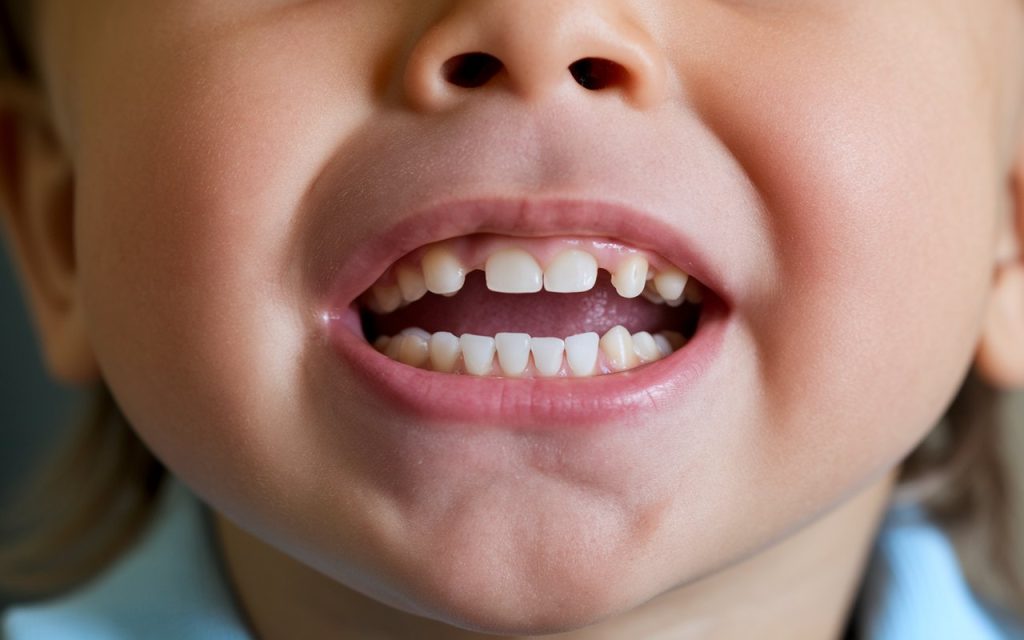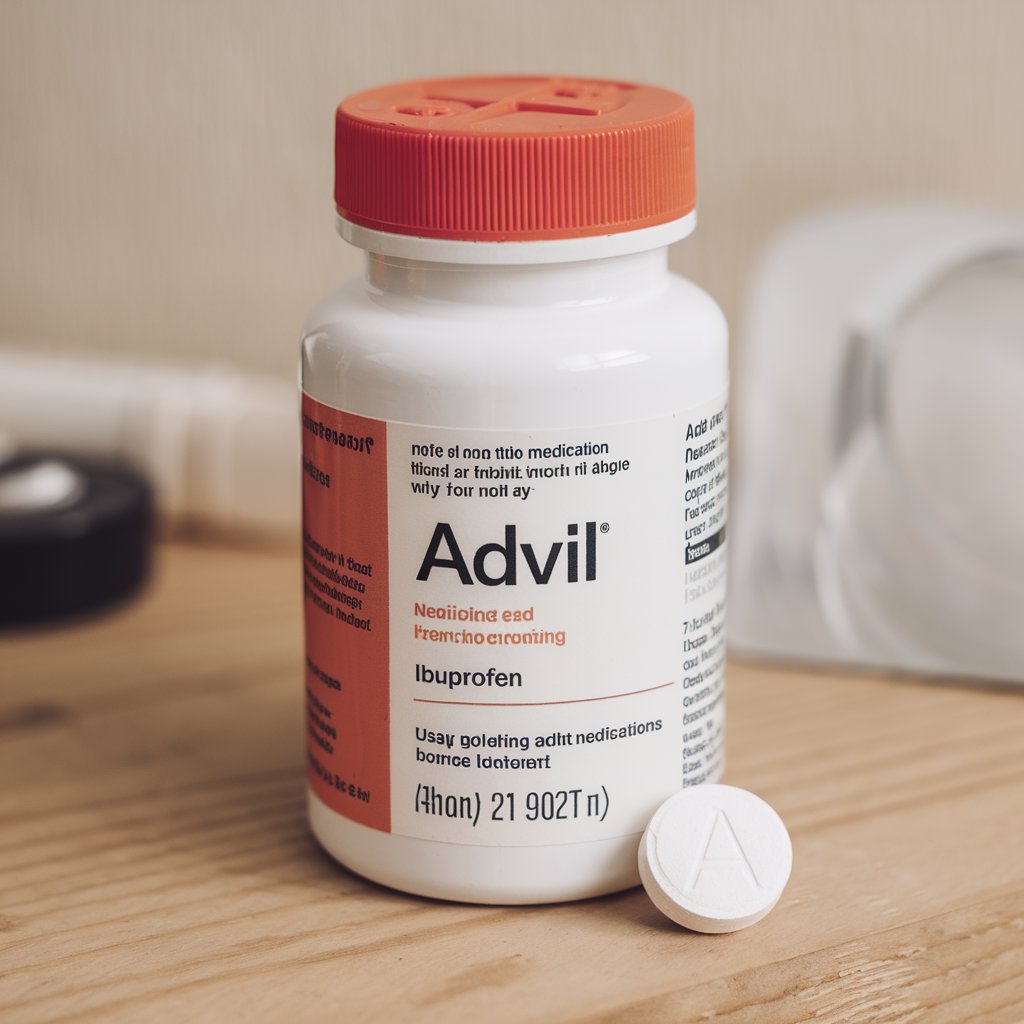Table of Contents
Permanent teeth are a significant milestone in a child’s development, marking the transition from babyhood to a more grown-up stage. If you’re a parent, how long does permanent teeth take to come in? You’re not alone. Understanding when these teeth appear can help ensure your child’s smile grows healthy and strong. In this article, we’ll answer your question and provide essential facts about permanent teeth, the timeline, and what you can expect. How long does it take for permanent teeth to come in?
What Are Permanent Teeth?

Permanent teeth are the adult teeth that replace your child’s baby teeth (also known as primary teeth). These teeth are meant to last a lifetime, and getting them starts earlier than you might think. Knowing when permanent teeth come in can help guide your child through this critical growth stage.
When do permanent teeth start coming in?
Most kids begin to lose their baby teeth by the time they are six years old. The first permanent teeth are usually the lower front teeth, also called central incisors, followed by the upper front teeth. Getting permanent teeth happens gradually and can last until the age of 13.
The Importance of Timing
The exact timing can vary from child to child, but most kids will see their first permanent teeth around age six. The adult teeth should erupt fully by the time a child reaches the age of 12 or 13. Sometimes, a child’s permanent teeth may come in as early as age five, but this is less common.
Timeline of Permanent Teeth Growth
Here is a more detailed timeline to answer the question, Each set of teeth has its unique schedule.
Central Incisors (Ages 6-8)
How long does it take for permanent teeth to come in? The central incisors, the two front teeth in the upper and lower jaw, are usually the first to appear. They typically appear between the ages of 6 and 8.
Lateral Incisors (Ages 7-9)
These are the teeth directly next to the central incisors. Lateral incisors generally appear between the ages of 7 and 9.
First Molars (Ages 6-7)
Large, flat teeth toward the back of the mouth are called molars. The first molars are often called six-year molars because they usually come in around age six or seven before most baby teeth are lost.
Canines (Ages 9-12)
Canine teeth, or fangs, come in later, typically between 9 and 12. These sharp teeth are essential for tearing food.
Second Molars (Ages 11-13)
The second molars, or 12-year molars, usually occur between ages 11 and 13 and complete the full set of 28 permanent teeth.
Wisdom Teeth (Ages 17-25)
Finally, wisdom teeth, or third molars, may appear much later. They often come in during the late teenage years or even into your twenties, but not everyone gets them. Some people need to have their wisdom teeth removed due to a lack of space in the mouth.
Why Do Some Teeth Take Longer to Come In?

It’s normal for the timing of permanent teeth to vary. Genetics, health conditions, or even diet can influence how long it takes for permanent teeth to come in. Some kids may lose their baby teeth quickly, while others may keep them until later. How long does it take for permanent teeth to come in?
Common Delays in Teeth Growth
If your child’s permanent teeth take longer, it’s often nothing to worry about. Some common reasons for delays include:
- Crowded teeth: The process can be slowed down if the mouth doesn’t have enough room for new teeth.
- Retained baby teeth: Sometimes, baby teeth don’t fall out on their own and may require removal by a dentist.
- Nutritional deficiencies: Lack of specific vitamins and minerals can slow down the development of teeth.
How to Care for Permanent Teeth
Taking good care of your child’s permanent teeth is essential as soon as they start coming in. How long does it take for permanent teeth to come in? Since these are their permanent teeth, teenagers must start practicing good dental hygiene early.
Brushing and Flossing
Urge your kids to floss once a day and brush twice a day. Use fluoride toothpaste to strengthen the enamel and help prevent cavities.
Regular Dental Checkups
Visiting the dentist twice yearly for cleanings and checkups can ensure your child’s teeth are developing correctly. A dentist can spot problems early on, like crowded teeth or cavities.
Healthy Diet
A balanced calcium, phosphorus, and vitamin D diet will support healthy tooth development. Avoid too many sugary snacks or drinks that can lead to cavities.
What to Do If Permanent Teeth Don’t Come In on Time
Talking to a dentist is always good if your child’s permanent teeth aren’t coming in on schedule. While variations in timing are normal, your dentist can check for any issues, like crowding or impaction, that might be causing delays.
Also read: How Long Does It Take for Pepcid to Work? Instant Relief!
How long does it take for permanent teeth to come in? Understanding the typical schedule and recognizing that every child is different is important. Most permanent teeth will come between the ages of 6 and 13, with wisdom teeth appearing much later. By encouraging good dental habits, regular checkups, and a healthy diet, you can help ensure your child’s permanent teeth grow strong and healthy.





